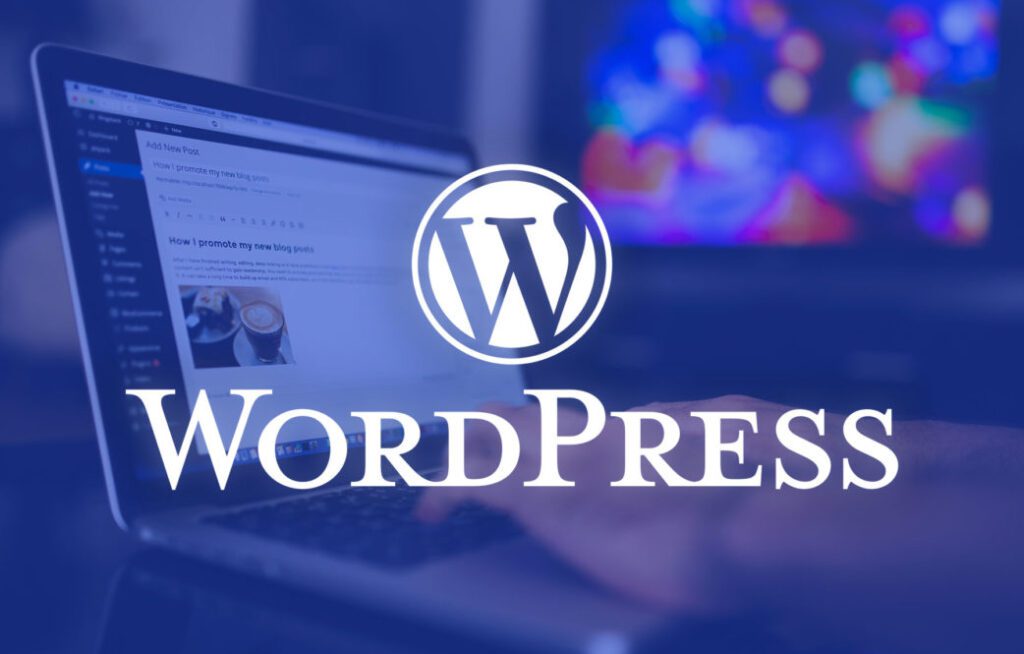WordPress is a versatile and powerful platform that has made website creation accessible to people of all skill levels. Whether you want to start a personal blog, launch an online store, or establish an online presence for your business, WordPress has got you covered. In this beginner’s guide, we’ll walk you through the basics of how to use WordPress and manage your website.
Getting Started with WordPress
- Choose a Hosting Provider
Before you can dive into WordPress, you’ll need to select a hosting provider. Hosting is where your website’s files and data are stored and made accessible on the internet. Popular options include Bluehost, SiteGround, and HostGator. Each provider offers various hosting plans to suit your needs and budget. - Install WordPress
Many hosting providers offer one-click WordPress installations, making it easy to set up your website. Once you’ve selected your hosting plan, follow the provider’s instructions to install WordPress. It’s typically a straightforward process.
Understanding the WordPress Dashboard
The WordPress dashboard is your website’s control centre. It’s where you’ll manage your content, customise your website’s appearance, and monitor its performance.
3. Navigating the Dashboard
When you log in to your WordPress website, you’ll be greeted with the dashboard. From here, you can access the following key sections:
- Posts: This is where you create and manage your blog posts and articles.
- Pages: Use this section to create static pages, like your homepage, about page, and contact page.
- Appearance: Customise your website’s look and feel by choosing themes and widgets.
- Plugins: Enhance your website’s functionality by installing and managing plugins.
- Media: Upload and manage images, videos, and other media files.
- Users: Add and manage user accounts with various roles, such as administrators, editors, and subscribers.
Creating and Managing Content
- Writing a Blog Post
To create a blog post, go to the “Posts” section in the dashboard and click on “Add New.” You’ll be taken to the post editor, where you can write and format your content. Don’t forget to add images and optimize them for SEO. - Creating Pages
Pages are ideal for static content like your homepage, about page, or contact page. To create a page, go to the “Pages” section and click on “Add New.” Similar to writing a blog post, you can use the editor to add text and media.
Customising Your Website
- Choosing a Theme
Selecting a theme is one of the most exciting parts of building your WordPress website. You can choose from thousands of free and premium themes. Simply navigate to the “Appearance” section and click on “Themes.” You can preview and activate the theme you like. - Adding Widgets
Widgets are small blocks of content that you can place in your website’s sidebar, footer, or other widget-ready areas. You can customise these in the “Appearance” section under “Widgets.”
Enhancing Functionality with Plugins
- Installing Plugins
Plugins extend the functionality of your WordPress website. You can add features like contact forms, social media integration, SEO optimisation, and more. In the “Plugins” section, you can search for and install the plugins you need. - SEO Optimisation
Improving your website’s search engine visibility is essential for attracting organic traffic. You can use SEO plugins like Yoast SEO or All in One SEO to optimise your content, meta tags, and more.
Managing Users and Security
- User Management
If you have a team working on your website, you can add and manage users with various roles and permissions to ensure that the right people have the right access. - Security
WordPress security is crucial. Keep your website safe by using strong passwords, regularly updating themes and plugins, and considering a security plugin like Wordfence or Sucuri.
Regular Updates and Backups
- Keep WordPress, Themes, and Plugins Up to Date
Regular updates are essential for security and functionality. Update WordPress, themes, and plugins as soon as new versions are available. - Backup Your Website
Back up your website regularly to avoid data loss. Many hosting providers offer automatic backup services, but you can also use plugins like UpdraftPlus for added peace of mind.
How To Use WordPress Conclusion
In conclusion, WordPress is a user-friendly platform that empowers people of all skill levels to create beautiful and functional websites. By following the steps outlined in this beginner’s guide, you’ll be well on your way to building an online presence that suits your needs, whether it’s a personal blog or a thriving e-commerce store.

